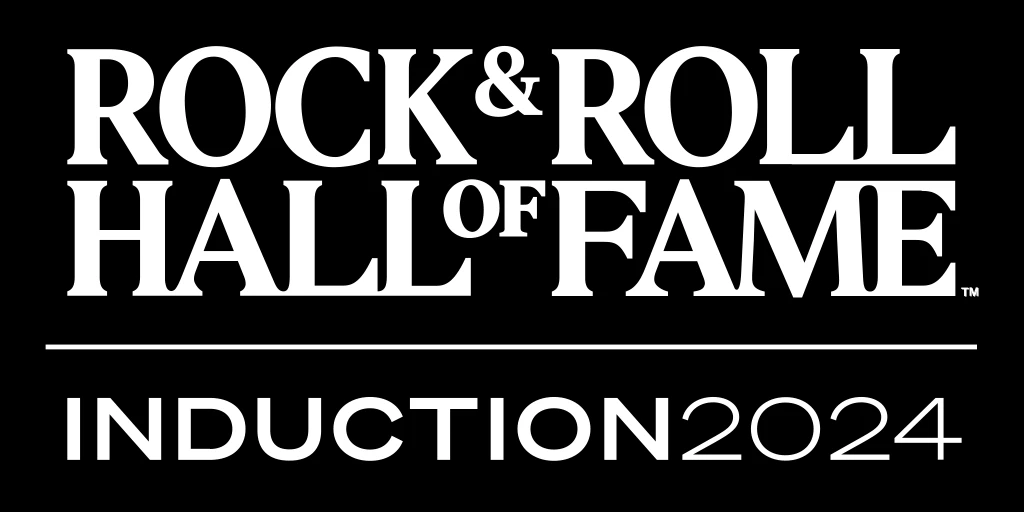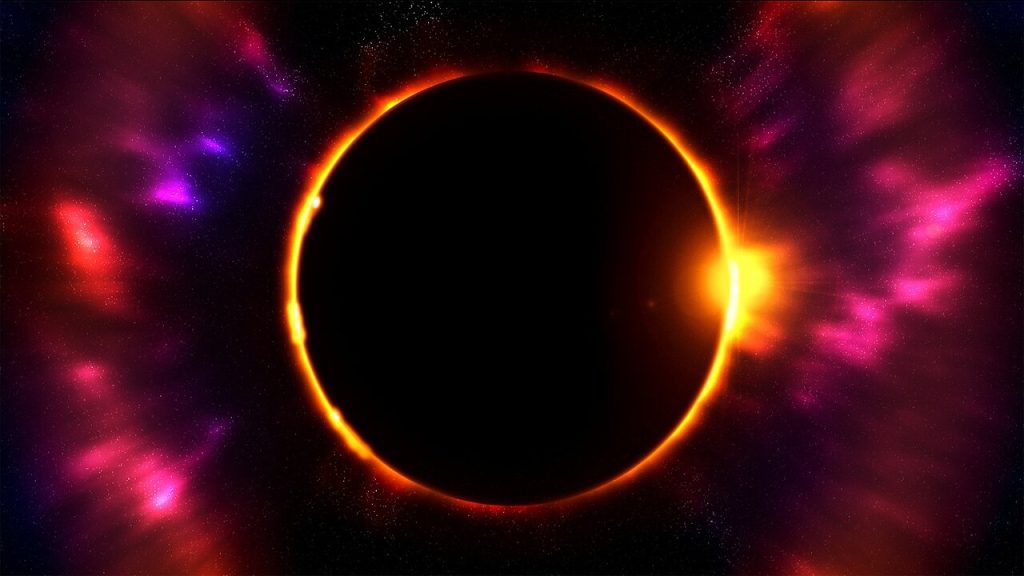50 YEARS AGO: JIMI HENDRIX CHASES HIS MUSE ON ‘ELECTRIC LADYLAND
Written by broebling on October 16, 2018
Faced with prevailing backward-looking musical trends, Jimi Hendrix went his own way. Electric Ladyland, the third and final Jimi Hendrix Experience project, arrived on Oct. 16, 1968, not as a old-timey roots record in the style of the day but as something bold and restless.
“I’m playing all I know, just playing the way I feel,” Hendrix said on Canadian TV just before the album’s release. “If it sounds like blues, well, call it anything you want – but it’s no revival, because why go back into the past?”
Some of the inherent experimentalism associated with Electric Ladyland was the result of a change in locale. Hendrix shifted sessions from the cathedral-like Olympic Studios in London to the newly opened, more intimate Record Plant in New York City, where rough demos turned into fully formed thoughts. This new studio had recently upgraded from 12-track recording consoles – at one point, the Record Plant housed one of only two in the U.S. – to the newest 16-track machines.
“It was the first time he’d worked with a 16-track,” engineer Eddie Kramer remembered in the liner notes to the 1993 reissue of Electric Ladyland, “and he must have gone bananas.” More than all of that, however, there was a sense of change in the air.
Hendrix wanted to work with new people and explore new sounds. Together, he and Kramer stretched the boundaries of studio craft, utilizing everything from echo and unusual mic set ups to flanging and reversed tapes. Electric Ladyland would become the first studio project he ever produced himself, but that didn’t necessarily mean that Hendrix had it all mapped out. In fact, quite the opposite. By the time it was over, Hendrix had split with his longtime manager; his band was next.
Still, nothing stopped his dizzying forward motion. In retrospect, the earlier Axis: Bold as Love only hinted at how far and fast he was trying to go. Electric Ladyland takes us into every corner of this eruptive creative genius, as open-ended jams and intricately fashioned musical triumphs whiz past sign posts for blues, funk, psychedelia, fusion and hard rock.
“Some of the things on it,” Hendrix surmised, “are hungry.” That meant trying new things – lots of them: A kazoo, fashioned from a comb, echoes the guitar hook on “Crosstown Traffic.” “Burning of the Midnight Lamp,” a psychedelic triumph that went to No. 18 in his adopted U.K. homeland, featured both the expected wah-wah but also a delicately conveyed harpsichord. He doubled Dave Mason’s 12-string with an acoustic of his own for a cover of Bob Dylan’s “All Along the Watchtower,” starting up the song without any real rehearsal.
“Recording was always a learning process for Jimi, so each take would be different,” Kramer told Sound on Sound in 2005. “That’s how Jimi wanted to cut it, and as a result the track had a marvelous, light feel thanks to the acoustic guitars that were driving it.”
Seeming to come out of nowhere, “All Along the Watchtower” emerged as Hendrix’s biggest hit in the U.S., reaching No. 20. It went to No. 5 in the U.K. But Hendrix’s affinity with Dylan ran deep, and his churning adaptation became definitive. “Anyone who doesn’t appreciate Dylan should read the words of his songs,” Hendrix later enthused. “They’re poetry, full of the joys and tragedies of life. I’m like Bob Dylan. Neither of us sings in the accepted sense. We just be ourselves.”
“Have You Ever Been (To Electric Ladyland),” a gorgeous ballad Hendrix had sketched out during the earlier sessions for Axis: Bold As Love, lasted about only two minutes. Same with “Crosstown Traffic.” “1983 … (A Merman I Should Turn to Be),” on the other hand, was 13 minutes long. “Voodoo Chile” stretched to 15. Both of the latter sessions featured big-name guest stars, as Hendrix seemed to suddenly outgrow the Experience’s sturdy trio format.
Electric Ladyland quickly emerged as a two-disc project. It simply had to: There was too much going on. “Some tracks are getting very long,” Hendrix told Circus magazine. “That’s why you can only get about 20 tracks — our type of tracks, anyway — onto two records.”
Accidents happened, and Hendrix insisted they be left in. For instance, seagulls seem to inhabit “1983 … (A Merman I Should Turn to Be),” but they weren’t seagulls at all. “It’s Jimi with his earphones feeding back into the microphone,” Kramer added. “He just cupped them over the mic and got this squeal and said, ‘Boy that sounds nice.’ I put some delay on it and voila: seagulls! He had a fantastic mind for color and space and timing; his timing was immaculate.”
Other times, Hendrix seemed inclined to tinker endlessly. “Voodoo Chile,” with drop-in performances by Steve Winwood and Jefferson Airplane’s Jack Casady, plays like a loose jam – and it was. (“There were no chord sheets, no nothing,” Winwood said in While You See a Chance: The Steve Winwood Story. Hendrix “just started playing. It was a one-take job, with him singing and playing at the same time.”) But that completed version followed 13 earlier takes where the Experience only got as far as Hendrix’s solo on five tries.
“Jimi liked to take his time over his tapes,” Noel Redding, the Experience’s increasingly frustrated bassist, complained. “We sometimes spent all night on a backing track. Nothing was happening, or if it was happening it took so long that you couldn’t tell it was happening.”
“Gypsy Eyes,” started as a demo in London, was recorded over and over and over again at the Record Plant in the spring of 1968. Redding blamed technology. “Jimi was entranced by new electronic effects as well as complicated overdubbing,” Redding said in the liner notes to the Electric Ladyland reissue, “and the lovely simplicity of our earlier recordings got lost.”
Manager Chas Chandler shared that exasperation, publicly grousing about Hendrix’s newfound propensity to “go through a number 1,000 times to make sure each note is dead on.” “Gypsy Eyes” ended up becoming a tipping point for Chandler, who had also served as producer on the Jimi Hendrix’s Experience’s prior two albums.
“I’d say ‘Done! Take three, that’s it,'” Chandler remembered, “but he’d want to go on to take 50. It just drove me mad. I said, ‘I’ve had it; I’m off!'” Undaunted, Hendrix completed the album without him, never working with Chandler again.





